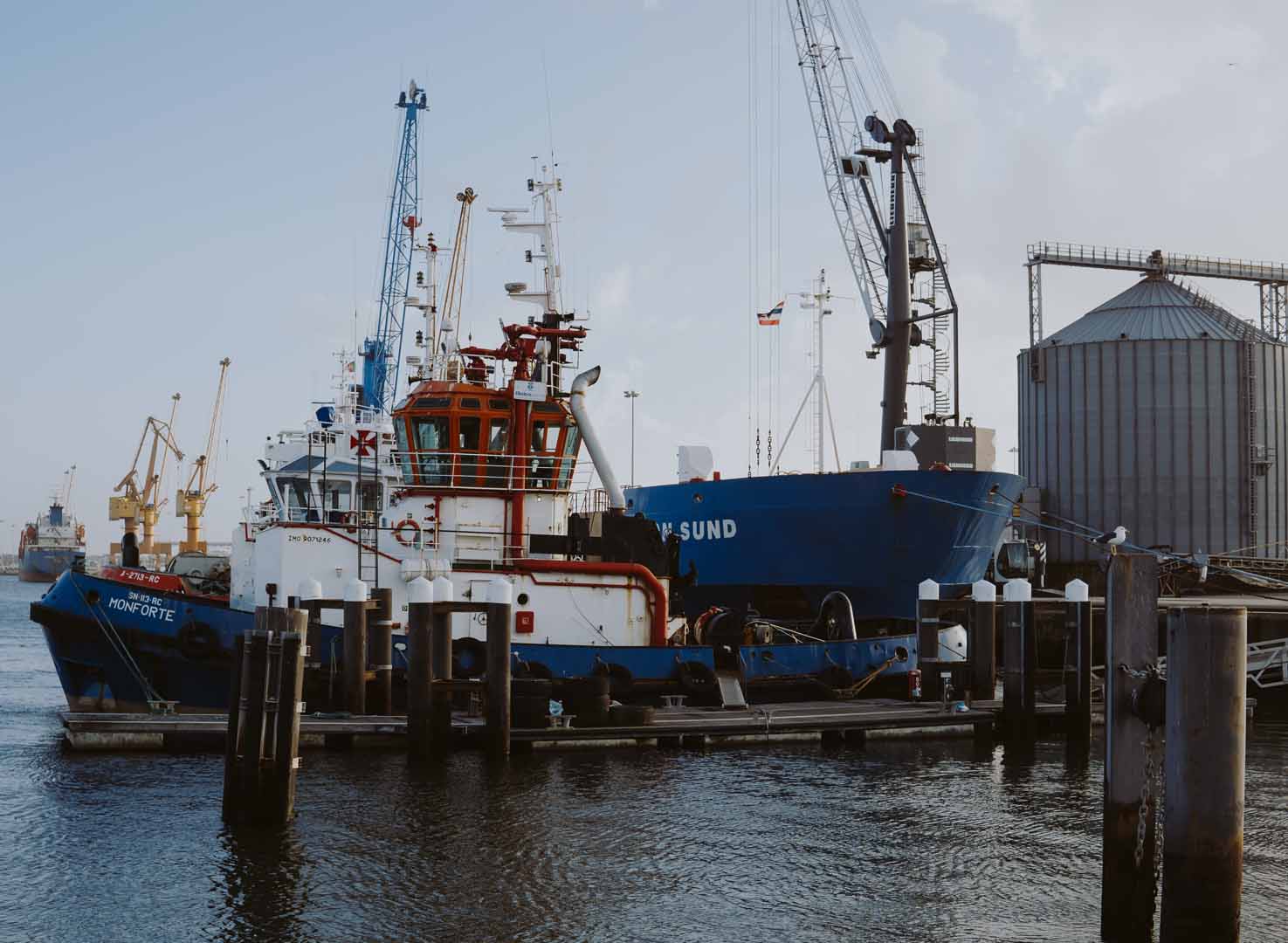Climate change could reduce or increase the energy yield of offshore wind farms and therefore the revenue produced, which may affect the viability of offshore wind energy as a renewable source of electricity. Changes in metocean conditions could also influence the ways in which offshore wind farms are maintained. Since 2017, we have been engaged in two contracts awarded by the European Union’s Copernicus Climate Change Service (C3S), developing ForeCoast® Marine to investigate the impacts of climate change on operations at two UK ports.
Visualising climate change impacts
Using real operational information provided by the ports with past and future climate model output, we innovatively configured ForeCoast® Marine to simulate actual key operations, their inter-dependencies and associated metocean constraints. Comparing the outputs allowed us to visualise how climate change may impact these operations in the future. To demonstrate how the model can be used to optimise infrastructure development plans, we investigated the impact on port operations of an increase in vessel traffic with and without increasing cargo berth capacity. Click here to read more about how ports are planning for the future.

To understand the potential extent of the impact of climate change, an offshore wind farm operations and maintenance (O&M) model was created based on the existing ForeCoast® Marine O&M module. The model represented the lifecycle of a North Sea offshore wind farm, including power and revenue stream from the turbines, as well as modelling turbine failure modes, which require technicians and vessels to carry out repairs. Using past and future climate projections we were able to simulate O&M sequences at a number of locations in the North Sea and demonstrate how climate change may impact future offshore O&M. Click here to view a case study on offshore O&M work.
…Within the boundaries imposed by the available data, our results suggest that offshore wind energy can continue to be developed as a means of meeting renewable energy targets and hence reducing carbon dioxide emissions. However, it could also be concluded that mitigation strategies should be developed in the future so that offshore wind farms can continue to remain a viable source of renewable energy….
Kun Yan, Ocean Forecasting Specialist at Deltares

Visit the ForeCoast Marine webpage for more information.

